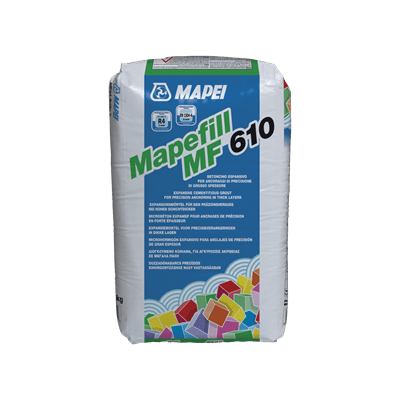
Mapei solutions for the Mose Project to protect the city of Venice
Mapei took part in the Mose project (an acronym for MOdulo Sperimentale Elettromeccanico, or Experimental Electromechanical Module, an hydraulic structure designed to hold back water if it rises above a certain level) as a technical partner and had a dedicated team that regularly interfaced with design engineers, works directors and contractors. The company’s Technical Services, working in tandem with the Research & Development laboratories, proposed several special, innovative, high-performance products.
Mapei took part in the Mose project as a technical partner and had a dedicated team that regularly inter-faced with design engineers, works directors and contractors.
GROUTING THE JOINTS
MAPEFILL MF 610 was specifically developed for this project and used for grouting the joints and creating the watertight seal required in order to connect them with their matching fittings on the caissons housing the floodgates.
The caisson housings were positioned in sequence in a trench and were connected together with a special jointing system made up of two separate elements to form a watertight seal. The first element of the system is the so-called “Gina ring-joint” that keeps the external part watertight and forms a temporary watertight seal between one caisson and the next one while they are being installed. The second element is the “Omega seal” which is installed inside the Gina joint during construction of the caissons and guarantees that the entire caisson remains watertight.
Reo-plastic concrete was required for this job to ensure it would maintain a high level of workability at high temperatures (around 3 hours at +35 °C). The Gina collar used to house the joint was made from super-duplex stainless steel, an extremely expensive material that left no margin for error during installation.
The Gina joint was connected to the concrete caisson by pumping MAPEFILL MF 610 into formwork.
This is a fibre-reinforced powdered grout made from high strength cement, selected aggregates, special admixtures and polyacrylonitrile synthetic fibres. When mixed with water, it forms a fluid grout which does not segregate and is able toflow even into spaces with a complicated shape.
The product has low capillary absorption (complying with EN 13057), is highly impermeable to water, adheres very strongly to iron and concrete and is highly resistant to mechanical stress, including dynamic stress.
Thanks to its performance characteristics, MAPEFILL MF 610 fulfilled all the client’s requirements during both the application phase and the qualification tests.
ANCHORING THE HINGES AND WATERPROOFING THE CAISSONS
The metal floodgates, which are raised when required to block high tides, are anchored to the reinforced concrete caissons with a hinge mechanism which allows them to be raised and lowered. As Enrico Pellegrini, former Site Manager for Grandi Lavori Fincosit SpA, explained in the interview contained in our magazine, to anchor the hinges to the caissons, a great deal of design work and testing was conducted to identify the most appropriate products and technology to fasten a metal component, in this case the hinge, to concrete.
Mapei specifically developed MAPEFILL MF for this application, an expansive, fluid mortar for anchoring elements in position with great precision. The mortar was applied by injecting it into one side of the hinge and then it flowed to perfectly saturate all the gaps and free spaces to form a single, solid body with the caisson it was anchored to.
The waterproofing system for the caissons, which are then placed on the seabed, also had to be carefully designed and thoroughly tested in order to identify products that would guarantee excellent, long-lasting results. After performing tests on site and in the lab, the external surface of the caissons was treated with MAPELASTIC FOUNDATION, a two-component, flexible cementitious mortar for waterproofing concrete surfaces subjected to both negative and positive hydraulic pressure.
The product chosen for the inside of the caissons, on the other hand, was MAPELASTIC two-component, flexible cementitious mortar. It was applied after treating the substrates with a specially designed version of PRIMER 3296.
This part of the work, as with the challenge of anchoring the hinges, was closely followed by the Mapei Research & Development Laboratory in Milan, which carried out testing on the application of the products for the entire duration of the site.





.jpg?sfvrsn=17867c71_4)




.jpg?sfvrsn=fb867c71_4)
.jpg?sfvrsn=b867c71_4)
.jpg?sfvrsn=f8867c71_2)
.jpg?sfvrsn=8867c71_4)
